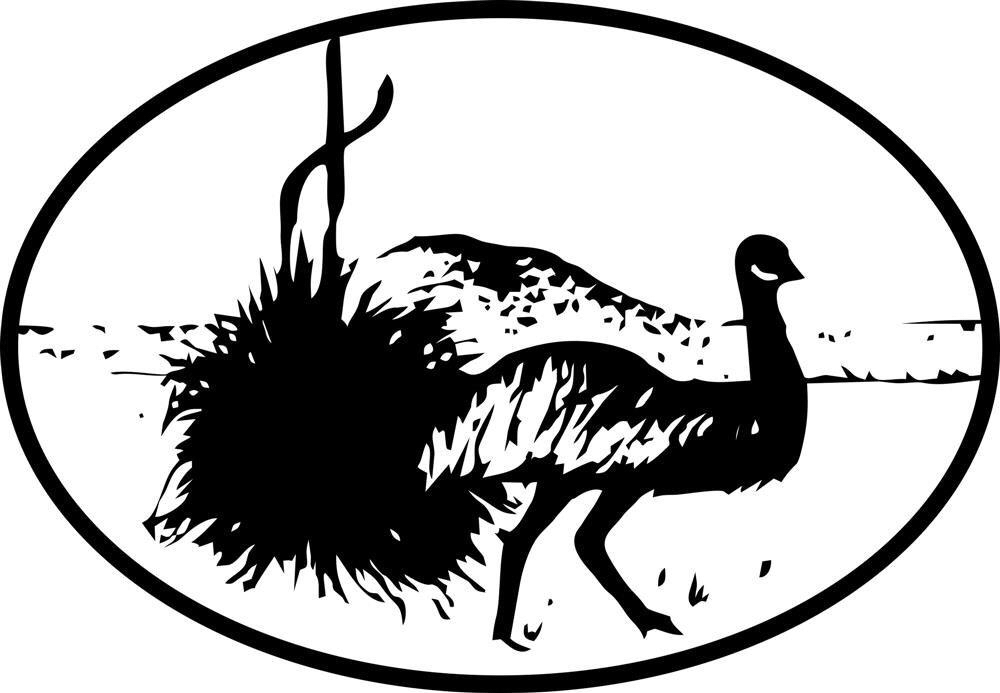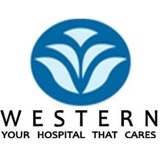Information
-
Western Hospital Kitchen Maintenance and Hygiene Audit, EQuIP Standard 12.2
-
Conducted on
-
Prepared by
AIM: to determine whether departmental activities are carried out according to accepted industry standards and that maintenance standards are met to ensure equipment, premises and fittings are in good working order.
The audit is designed as an easy reference to the accepted hygiene standards based on the following: * Food safety standards code 3.2.2 and 3.2.3 * Food and drug act * ACHS Guidelines * Infection Control Standards and Guidelines * Western Hospital Food Safety Program * Western Hospital cleaning schedules
-
Select date
-
Auditor:
Catering Staff. (Observe staff in kitchen)
-
Hands washed with soap and water as per infection control guidelines (e.g. before starting or re-commencing food handling, handling food, wearing gloves, after going to toilet, handling raw ingredients, eating or drinking, coughing sneezing, disposing of waste, handling anything else other than the food)
-
Hands are kept clean, nails are natural, short and clean (no polish or artificial nails)
-
Staff wearing hair/head overs within the kitchen premises, containing all hair.
-
Uniforms are clean, shoes covered, clean and neat.
-
Jewelry - only plain wedding ring, plain pierced earrings and wrist watches being worn.
-
Staff with any infections, illness are identified and removed from area
-
Staff have no exposed skin problems
-
Staff avoid rubbing their faces or touching their hair
-
Staff toilet and hand basin available and clean
-
Soap and drying facilities present for handwashing.
Pantry
-
Floor clean and dry
-
Walls, door and vents clean
-
All shelving and cupboards clean and dry
-
Containers adequately labelled and sealed
-
No food items left open to air
-
No perishable food items stored at floor level
-
Items within "use by" date limit and being rotated
-
No evidence of pest and pest control system used
-
Items stored correctly according to manual handling code of practice
-
Chemicals stored separately from food
Crockery Store Room
-
Floors clean and dry
-
Walls, door and vents clean
-
All shelving and cupboards clean and dry
-
All crockery clean and dry
-
All glasses clean and dry
-
All cutlery clean and dry
-
All crockery and glasses free of chips and cracks
-
Items stored correctly according to manual handling code of practice
Goods Entrance
-
Walls, doors and floor clean
-
Insect zapper clean
-
Passageway clear of obstructions
Cold Rooms
-
Door seals intact
-
Doors kept closed when not in use
-
Temperature gauge visible and showing 1-4 C
-
A monthly check is carried out to ensure that the electronic temperature alarm is operational
-
Fan is in working order
-
Walls, doors, floors and shelving are clean and dry
-
No items are stored at floor level
-
Items stored correctly according to manual handling code of practice
-
Storage allows full circulation for air and cleaning to occur
-
Items within "use by" date limit and being rotated
-
Different food categories stored separately, e.g areas for fresh dairy produce, meat (cooked and uncooked) fruit and vegetables, ensuring non contamination and freshness
-
Dairy produce, meats and prepared foods are completely covered or if unable to cover should be at no risk of coming into contact with raw food or drips from raw food
-
Notice for recommended operating temperature visible
-
Procedure for action to be taken in case of high temperature is in place
-
Germicidal ultra violet light fixture is fitted and working
-
Unit is free from rust/corrision
-
No evidence of dripping from ceiling
-
Lights are covered or non shattering globes used
Freezer
-
Door seals intact
-
Doors kept closed when not in use
-
Temperature gauge visible and showing minus 18 C
-
A monthly check is carried out to ensure that the electronic temperature alarm is operational
-
Fan is in working order
-
Walls, doors, floors and shelving are clean and dry and build up of ice
-
No items are stored at floor level
-
Items stored correctly according to manual handling code of practice
-
Storage allows full circulation for air and cleaning to occur
-
All items to be dated, either with "use by" date limit or date of freezing.<br>Recommended storage life:<br>12 months - lean meat, vegetables, baked yeast and bread.<br>8 months - whole poultry<br>6 months - mince meat, fish, oysters<br>4 months - fatty meat<br>1 month - prawns
-
Items being rotated
-
Food adequately covered and sealed.
-
Notice for recommended operating temperature visible
-
Procedure for action to be taken in case of high temperature is in place
-
Unit is free from rust/corrision
-
No evidence of dripping from ceiling
-
Condensation trays under units are regularly emptied
Food Preparation and Service area
-
Floor is clean and dry. No cracks or damage
-
Tiles and walls clean. Grouting in good condition
-
Ceilings and vents clean, no cracks or damage
-
Washing up sinks and taps clean
-
Work benches are clean and cleaned between processes. No exposed wood evident. No evidence of damage, rust or deterioration
-
Hand utensils are clean
-
Chopping boards being cleaned and disinfected/sanitised after meat use and sanitised weekly. (colour coded chooping boards)
-
Cooking pans, trays and dishes clean and in good working order
-
Food preparation electrical equipment thoroughly cleaned and dried after use
-
Food preparation and storage containers stored in clean, dry area upside down where possible
-
All cooking appliances clean and free of grease build up
-
Rubbish facilities conveniently placed, but away from food. Cleaned and emptied frequently
-
Staff using utensils or wearing gloves to handle food unless food is for cooking or is washed before serving
-
Staff carry out one job on bench at a time
-
Staff do not leave bench until process completed unless adequate hand washing undertaken
-
Air temperature at satisfactory level for safe food preparation
-
No evidence of smoking in food areas
-
Perishable foods being refrigerated immediately on delivery
-
Good supply of hot water available (82 C)
-
Canopies in kitchen area clean
-
Shelving clean
-
Food ready for consumption does not come into contact with raw food, or unclean surfaces
-
Handwashing basin and taps clean
-
Adequate supply of soap and disposable towels available
-
Adequate supply of disposable gloves present
-
Function trolleys clean
-
Wards food trolleys clean
-
Meal storage trolleys clean
-
Bain maries clean
-
Plate warming trolley clean
-
Tray lowerator clean
-
Self closing doors operating satisfactorily
-
All trays clean
Dishwashing Area
-
Benches and shelving are clean
-
Dishwashing sinks are clean
-
Floor and walls clean
-
Fan exhaust clean
-
Dishwasher clean - filter trap basket being emptied three times daily
-
Clean and dirty utensils kept separately
-
Trays cleared and rubbish discarded appropriately and trolleys cleaned
-
Dishes scraped clear of loose food and pre rinsed with water prior to going through dishwasher
-
Dishwasher machine water temperature 60 C minimum. Length of cycle 50 seconds
-
Dishwasher machine rinse water temperature 82 C minimum. Length of cycle10 seconds
-
Plates racked according to size
-
Single dish to a space
-
Cereal bowls stacked with space between
-
Cups and small dessert bowls stacked flat in tray
-
Cutlery mixed, not all spoons together, handles placed downwards
-
Post washing, all crockery and cutlery checked for cleanliness, rewashed if necessary and stored clean and dry
Transport trolleys
-
Units clean and in good working order. No evidence of rust or deterioration
Refrigerators for food storage Henley, Tennyson, Theatre, Oncology
-
Temperature gauge showing 1-4 C. Routine temperature checks to ensure compliance
-
Fridge walls,doors and shelves clean and dry. Door seals intact. Food discarded daily at the end of day
Beverage Preparation Area
-
Tea trolleys clean
-
Tea trolley equipment in good order
-
Hot water urn clean
Cleaners' Room
-
Walls shelving and doors clean
-
Items stored correctly according to manual handling code of practice
-
Clearly labelled kitchen floor mops and buckets being cleaned daily
-
Mops rotated daily and hung to dry when not in use
-
Floors clean
Dining Room
-
Table surfaces clean
-
Crockery and cutlery clean
-
Microwave oven and bain marie clean
-
Refrigerator clean with no ice build up
-
Beverages in clean covered containers
Ice Machines Henley and Kitchen
-
Ice scoops being washed between uses
-
Ice scoops being hygienically stored and when used handles do not contact ice cubes
-
Ice machine exterior is clean
-
Ice machine door is clean inside
-
Ice machine basin cleaned weekly
-
Ice dumped at least weekly







